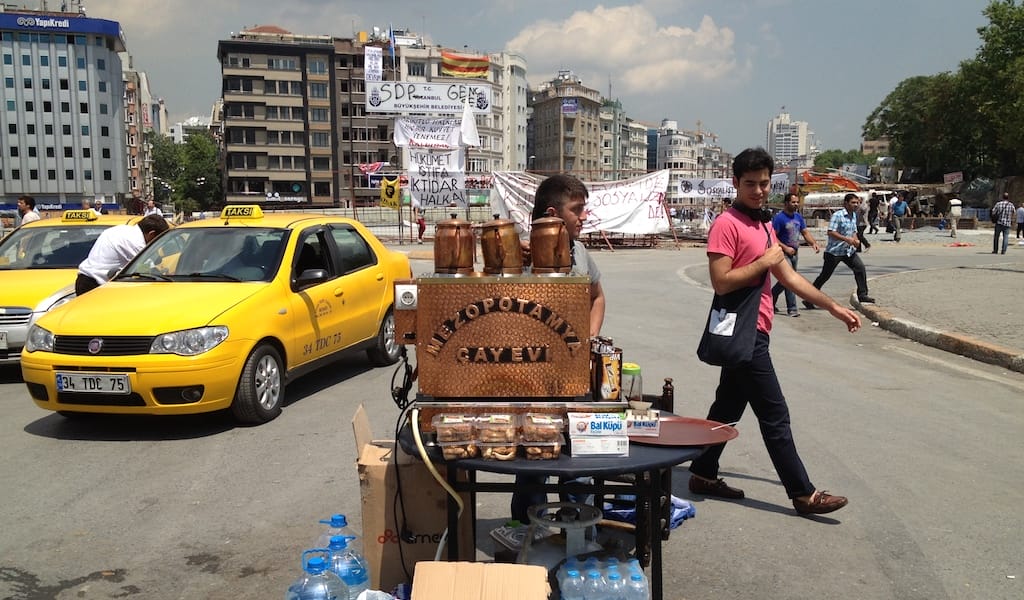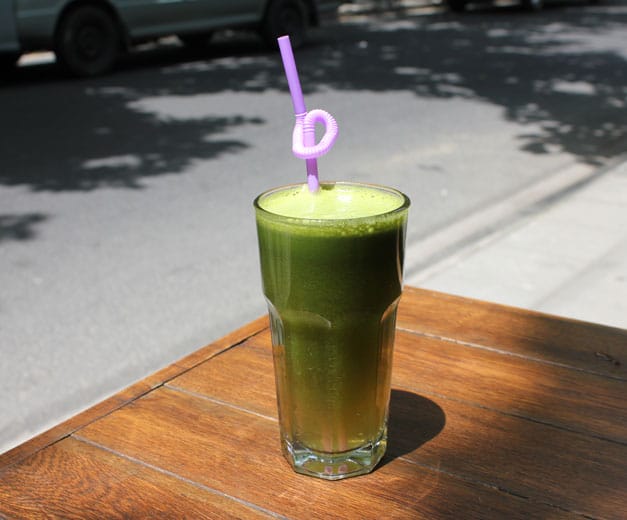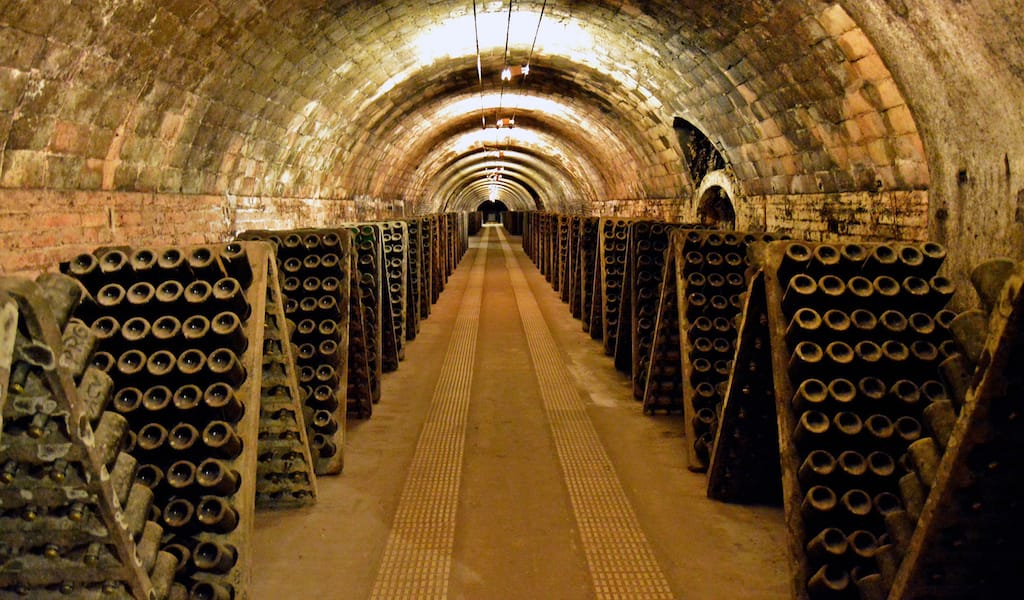Tea is to Turkey what fizzy, watery beer is to Milwaukee – consumed in copious amounts, a desired chemical reaction takes place, but its real value lies not in the taste but in the ritual of swilling. Without noticing it, tea has snuck its way into daily life for us. We never really enjoyed the flavor of standard Turkish tea, but it is part and parcel of the rich Turkish experience.
In Kars, memorably, we guzzled it from a pockmarked, coal-fired samovar stamped with a Russian crest as we sat in the shade beside a river. In the eastern Black Sea, it was the offer of a tea that brought us into a village çayhane, where we eavesdropped on the local men speaking their Pontic Greek dialect, as they warmed their feet around a stove. Tea unlocks doors.
Slowly we began to seek it out when we had some time to kill. We used it as an excuse to stop into an old smoky kıraathane, where playing cards are smacked down on green felt and dirty words are not uttered but bellowed. We followed çay jockeys with aluminum trays covered with poker chips (this is how tea payments are calculated among regulars) to magical, steamy nooks, the caffeinated nerve center of entire commercial strips. We soon discovered that çay can be arranged in just about any conceivable situation or location, public or private, by barking “iki çay, lütfen!” loud enough. Wait a minute and someone with a tray will come rushing your way with tea for you and your newfound friend. Çay is everywhere, always, and there’s never a reason not to drink one. You never know what it might lead to.
What follows are some of our most memorable encounters with Turkish tea.
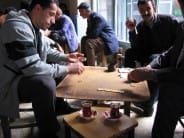
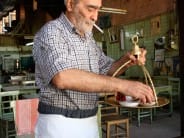
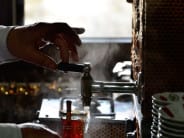

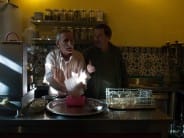


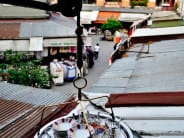

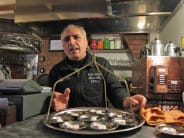

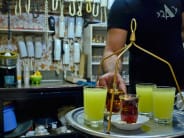
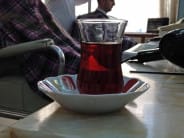

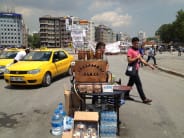
 August 24, 2017 Liquid Refreshments
August 24, 2017 Liquid Refreshments
Shanghai is famous for its swampy weather in August – it’s hot and humid in the lead up […] Posted in Shanghai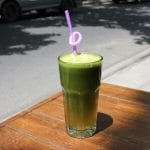 September 8, 2014 Liquid Refreshment
September 8, 2014 Liquid Refreshment
Shanghai is famous for its swampy summer weather, and although this August was the […] Posted in Shanghai November 3, 2020 Cava
November 3, 2020 Cava
Cava, the Spanish sparkling wine, is an indispensable part of celebrations in Barcelona […] Posted in Barcelona
Published on June 04, 2014
Related stories
August 24, 2017
ShanghaiShanghai is famous for its swampy weather in August – it’s hot and humid in the lead up to Indian summer. Staying hydrated against the rising mercury is crucial if you’re out hunting a meal of street food, so here are the best sips to keep your yin and yang balanced this season. Julie’s Green…
September 8, 2014
ShanghaiShanghai is famous for its swampy summer weather, and although this August was the coolest in 14 years, it’s still hot and humid out there as we head into Indian summer. Staying hydrated against the rising mercury is crucial if you’re out hunting a meal of street food, so here are the best sips to…
November 3, 2020
BarcelonaCava, the Spanish sparkling wine, is an indispensable part of celebrations in Barcelona – though we’re happy to find other reasons to raise a glass of the stuff any day of the week (particularly on a dreary Monday). It’s produced using the same méthode traditionnelle that is used for French champagne: after the base wine…







































